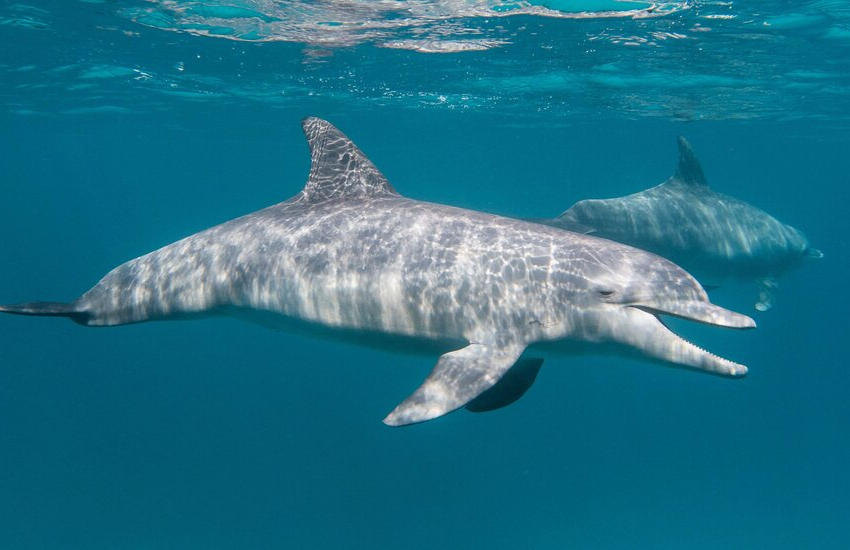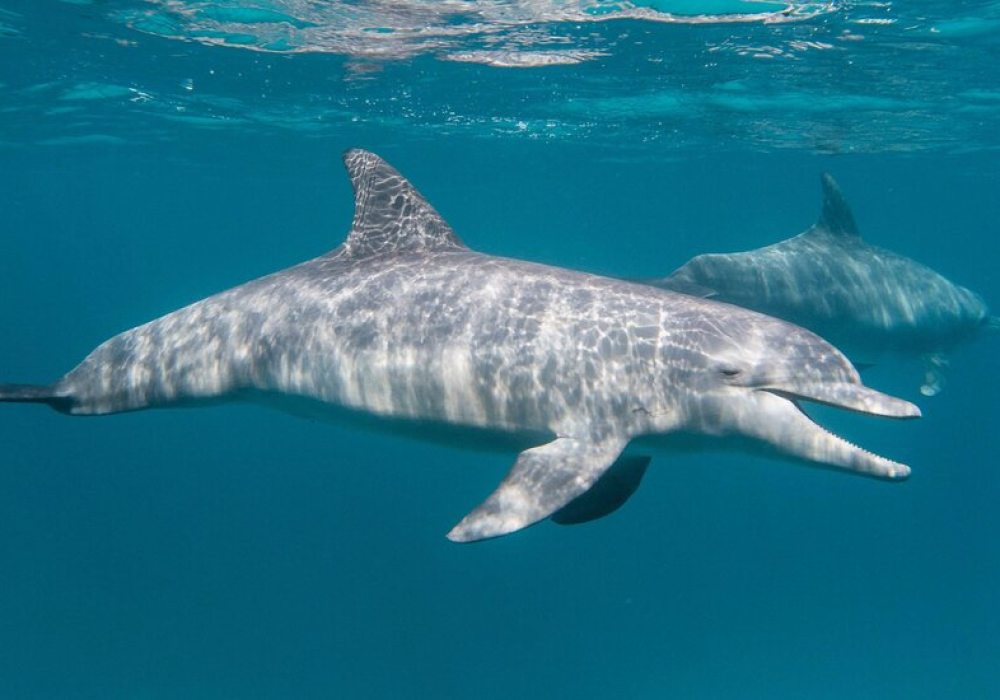Like cultured oysters, every dissected dolphin vagina unfurled to reveal a kind of treasure: an unmistakable clitoris, the size of an AA battery and the color of spam. “You open it up and then there’s this giant clitoris right there,” Dr. Brennan said.
The researchers dissected the clitorises of 11 common bottlenose dolphins and ran tissue samples through a micro CT scanner. Their examination revealed a number of signs of a functional clitoris, including erectile tissue that could become turgid with blood. They also found a band of connective tissue surrounding the erectile tissue, which ensures the clitoris could engorge and keep its shape. And the clitoris changed shape as the dolphins reached adulthood, suggesting it has a function related to sexual maturity.
The CT scanner showed the clitoral tissue contained unusually large nerves — up to half a millimeter in diameter — and abundant free nerve endings just under the skin, increasing sensitivity. And the clitoral skin itself was a third of the thickness of neighboring genital skin, making it much easier to stimulate.
These observations provide “some nice suggestive evidence” that female dolphins feel pleasure responses to tactile stimulation, said Brian Langerhans, an evolutionary biologist at North Carolina State University, who was not involved with the research. He added that more research was needed to prove the hypothesis.
But it is no easy feat to study dolphin sex experimentally in a lab, or in the wild. The physiological signs of pleasure associated with humans and other primates — vocalizing, grimacing, rolling eyes and panting — may look totally different in a dolphin. “Their bodies are so different from us, and their faces are so different from ours,” Dr. Brennan said. “How would we know?”
Dr. Langerhans and Dr. Mesnick both suggested the need for comparative research between other species of cetaceans. “Are they going to find the same kind of anatomy in species that are more solitary or open-ocean or deep-diving?” Dr. Mesnick wondered. For example, a pleasurable clitoris might be far less useful in a species where males and females interact less often.
Dr. Brennan hopes to study clitorises from across the animal kingdom — she already has an orca clitoris sitting in a jar in her lab. The white whale of marine clitorises may be the blue whale’s. “They’ve got the biggest everything,” Dr. Brennan said. “I would bet you a million dollars that they have a clitoris, and it’s probably huge.”













